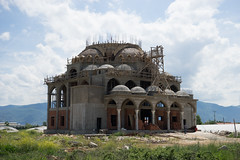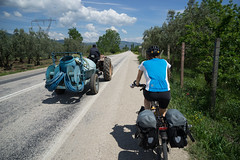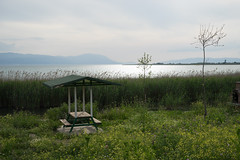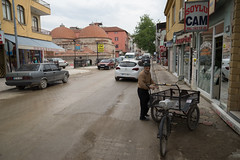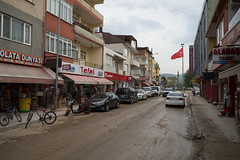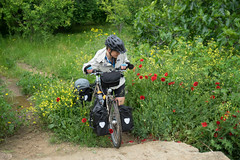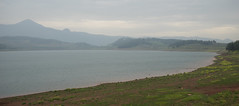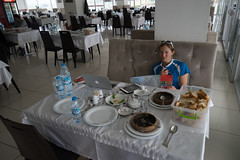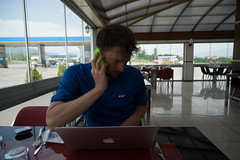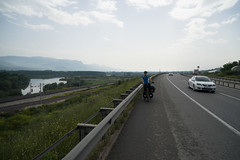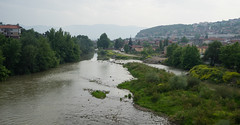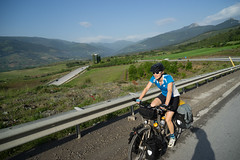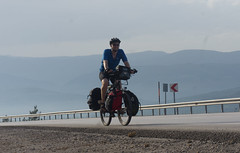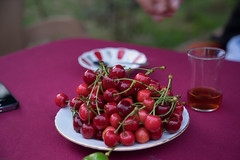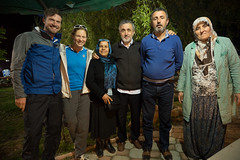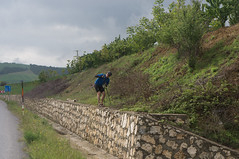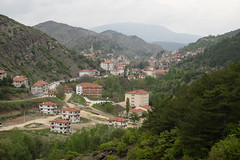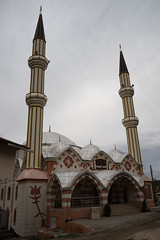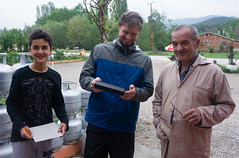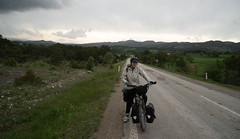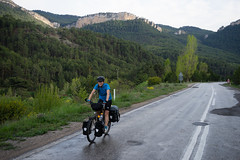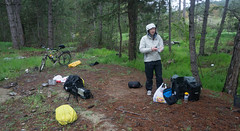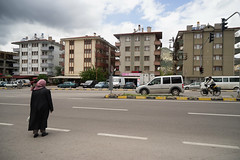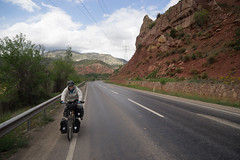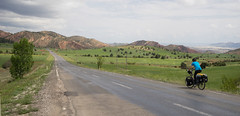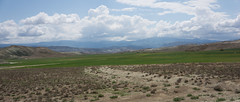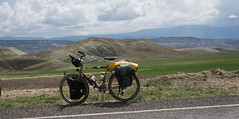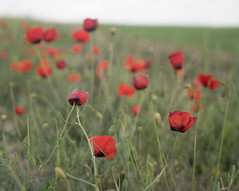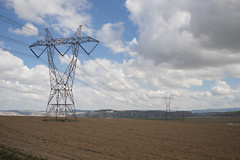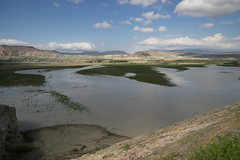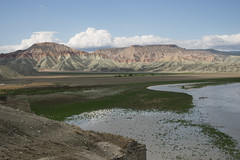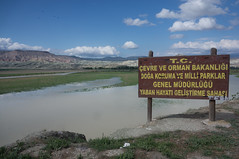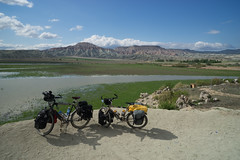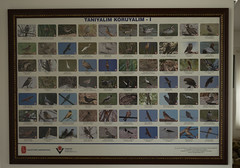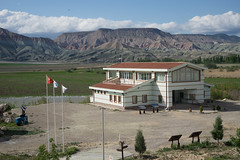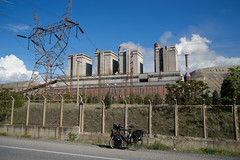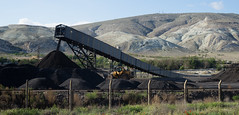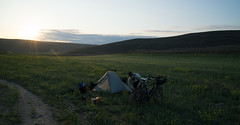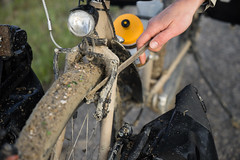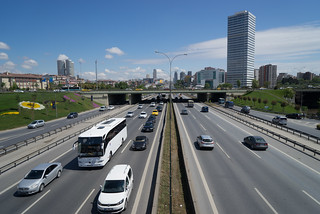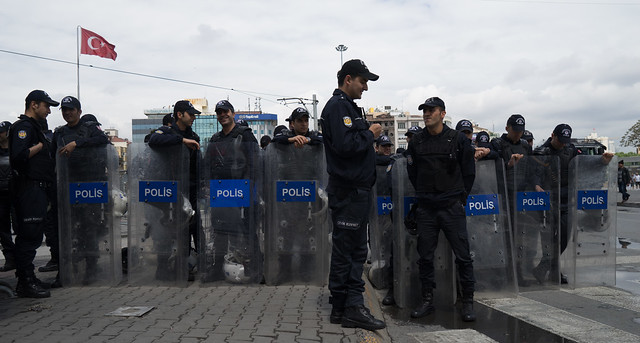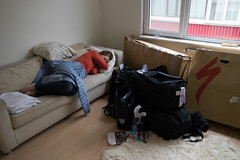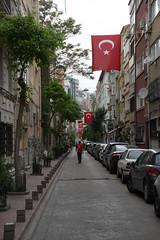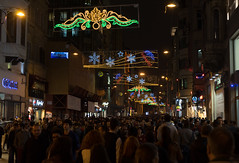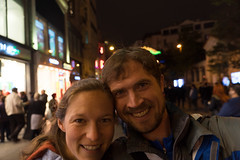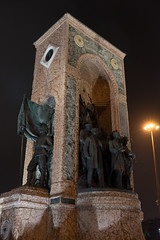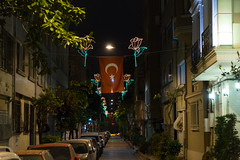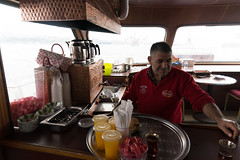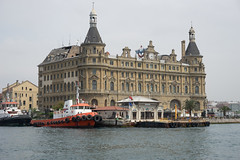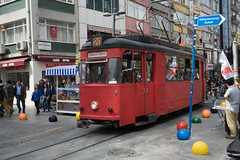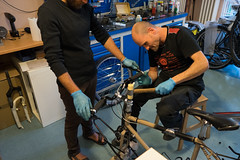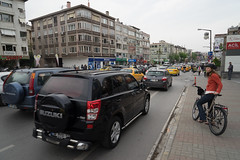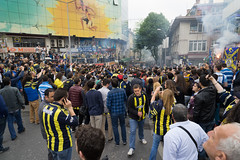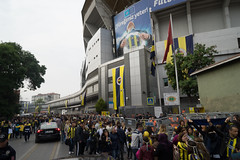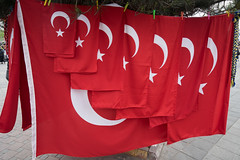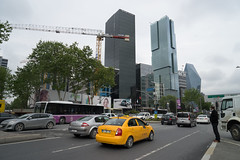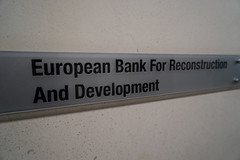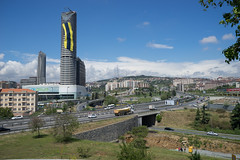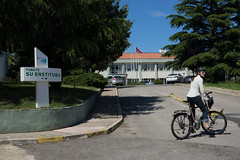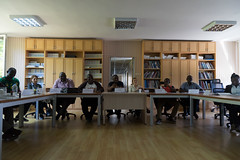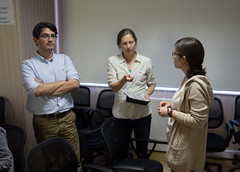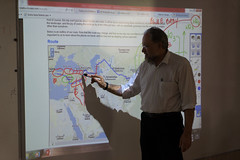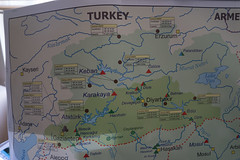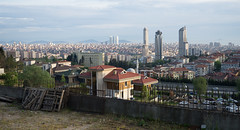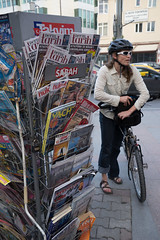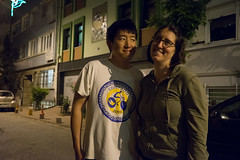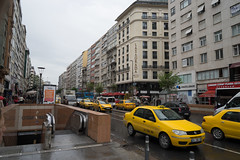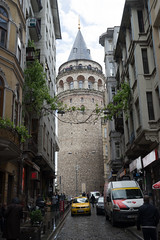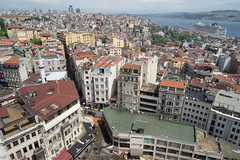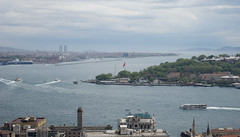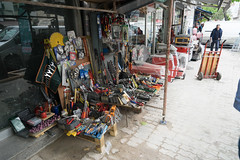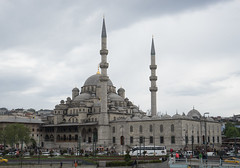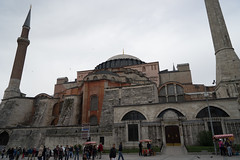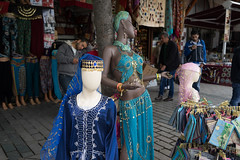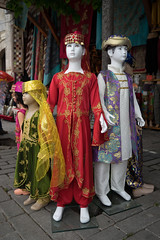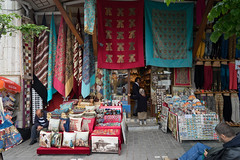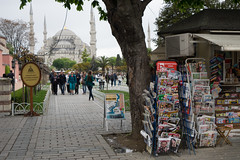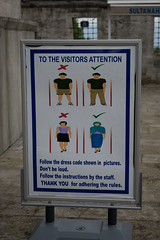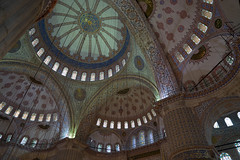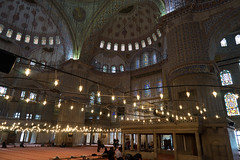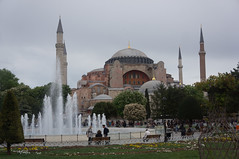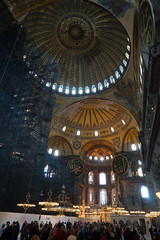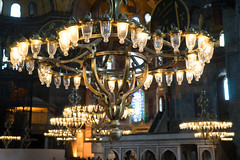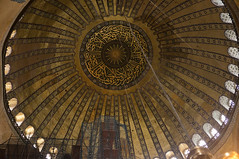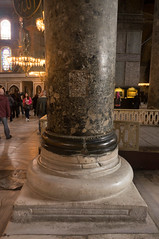Here are photos from our five days of biking from Istanbul to Ankara. A longer post, describing the route, is coming shortly.
Archive for May, 2014
Istanbul to Ankara — Photos
Monday, May 12th, 2014The Future of Energy in Turkey
Friday, May 9th, 2014Turkey’s economy has transformed over the past few decades. In 1960, according to the World Bank, the country’s GDP per capita was just over $250 – roughly the level of the poorest country on earth today. Now the average Turk is more than 40 times wealthier, and the country is, by many standards, a developed nation. The past decade has been particularly prosperous, with the economy more than doubling. And as we’ve traveled around Istanbul, we’ve seen signs everywhere of this growth: new buildings, packed shopping malls, and new roads.
Unsurprisingly, energy consumption has also increased many times, and greenhouse gas emissions have increased by more than 20-fold since 1960. And there’s still room to grow – the average Turk still uses about one fifth as much electricity as the average U.S. citizen, and emissions per person are much lower than in most wealthy countries.
What does the future look like? Will emissions keep climbing? How can a country like Turkey keep increasing the wealth of its citizens, yet also cut greenhouse gases?
To answer these questions, while in Istanbul Lindsey and I spoke with Adonai Herrera-Martínez of the European Bank for Reconstruction and Development (EBRD). The bank, a public institution, was founded in the early 1990s, largely to help former Soviet countries transition to market economies. Unlike other multilateral public banks (such as the World Bank), the EBRD provides financing largely for the private sector. Adonai is the Principal Manager for Energy Efficiency and Climate Change, and his projects help industries reduce their greenhouse gas emissions.
According to Adonai, the next decade in Turkey may look very different from the past decade. In the past decade, the growth in electricity consumption was supplied largely by coal or natural gas. In the next decade, the government plans for gas and coal to continue to play a role, but also intends for almost half of the new capacity will be provided by wind power. In other words, according to this official plan, natural gas will grow more slowly, and renewables other than hydropower – of which there are barely any today – will jump upward on the graph below.
The reason, Adonai explained, is twofold. First, and most importantly, the government wants to be “energy independent” and reduce its exposure to foreign markets (although the country does have coal reserves, so it may increase coal while decreasing natural gas use). Second, because Turkey is considering joining the European Union, and because the EU requires its members to set emissions targets, Turkey must develop such targets. Thus, through a combination of a desire for energy independence and pressure from the international community, renewables have a bright future in Turkey. This is, though, only a government projection and goal – whether or not it is met depends on many factors.
But even if the government meets these targets, Turkey’s emissions will continue to rise. In the best-case scenario, emissions will rise “only 30 percent” by 2030. And this is, I think, what success looks like in the next decade or two: Emissions from rapidly developing countries grow much more slowly, even though their economies continue to grow quickly. (Although Turkey’s per capita emissions will still be far below that of the United States.) In the long run, though, we need to figure out how to grow economies and decrease emissions.
Below are two videos of me talking with Adonai. The first is an interview, and the second is a longer, more informal discussion on energy issues and development.
Istanbul, Protests, and Tear Gas
Saturday, May 3rd, 2014May 1st was the international Labor Day, and in Taksim, a neighborhood near our host’s apartment, there is often unrest and demonstrations on the holiday. While the past several years have apparently been fairly mild, there has been a lot of anti-government sentiment over the past year. Much of it has been directed at plans to raze Gezi Park, near Taksim Square, to build a shopping mall. People assembled at the square to protest the plans, and the police responded forcefully, resulting in several deaths. This year, partially in response to the deaths and the force shown by the state, people were prepared to hold demonstrations on May Day; the government was also prepared, sending in almost 40,000 police officers and shutting down most of the streets around Taksim and other areas where protests were likely.
It is deeply upsetting to see such strong-armed actions by the government. At the end of the street where we were staying, a crowd assembled, and then police ran down the street and fired canisters of tear gas. Earlier in the day, some police officers made me delete pictures that I took on my camera. And online, you can feel the government’s presence — youtube is blocked, and Twitter was recently blocked (our host said that the sites were being used to show government corruption, so the government shut them down).
A Week in Istanbul
Saturday, May 3rd, 2014We have just wrapped up almost a full week in Istanbul — we stayed longer than expected, partially because we enjoyed the city so much. A few of the most memorable moments:
Hosts. We stayed with two different hosts in Istanbul: a couple from the U.S., Dawn and Heesoo, and a cyclist from Istanbul, Kemal. Both were fantastic, and allowed us many days to get our bearing (and lent us their metro cards). Dawn and Heesoo told us what it’s like to be an American living in Istanbul, and Kemal helped us with our Turkish and played folk music for us.
City Layout. Istanbul is partially in Europe and partially in Asia, separated by the Bosphorus, a waterway connecting the Black Sea and Mediterranean. The city’s center is on the European side, including the old city, but we did cross over to Asia to visit a bike shop and the Turkish Water Institute. Also, Istanbul is huge: more than 15 million people live here.
Traffic (on streets and sidewalks). There is a lot of it. And right of way is determined by whoever gets in front first. We are getting better at this, both on the road with our bikes, and on the sidewalk.
Our Turkish. It is improving. We can now count to five, say hello, thank you, how much, and a few other necessities. It is challenging, though, when something costs six Turkish Lira, and we’re still struggling to hear the difference between o and ö.
Turkish Water Institute. We visited the Turkish Water Institute, a government-sponsored think tank, and interviewed a few of their employees and their president. Stay tuned for a blog entry on Turkey’s water situation!
Energy in Turkey. We also visited the European Bank for Reconstruction and Development, where we talked with someone who is promoting investment in renewable energy and energy efficiency. More soon on Turkey’s energy situation (short story: the economy is growing quickly, and so is demand for energy).
History. Istanbul was the capital of two empires — the Byzantine and the Ottoman — and we see why both empires chose this spot. Istanbul sits on a hill (technically, 7 hills – what is it with great cities being on 7 hills?), almost entirely surrounded by water, overlooking the narrow strait that connects the Black Sea and Mediterranean. In our week, we found some time to be tourists: We biked by city walls more than a millennium old, visited the palace of Sultans, took a cruise on the Bosphorous, and walked inside Aya Sophia, which was the world’s largest church for nearly a thousand years, and was then converted into a mosque when the Ottomans conquered the city.
Protests. See the next blog entry… or look at the photos in the previous.
What’s Next. We are now biking to Ankara. We’ll probably be offline much of the next week!








